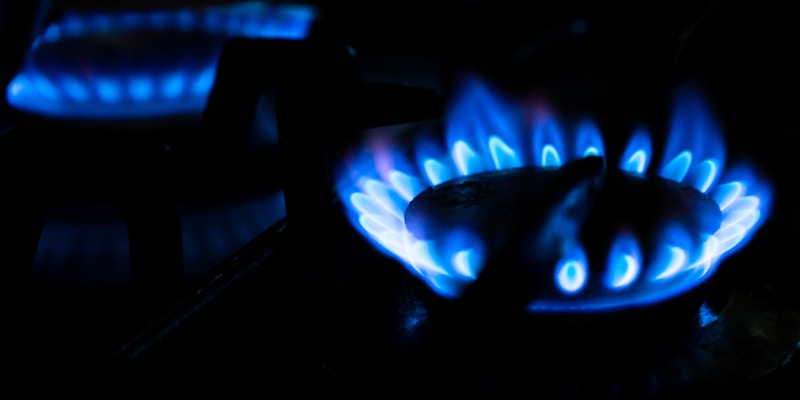At the end of April, gas stocks in Italy, i.e. the old depleted fields that now serve as “depots”, reached 66 percent full, equal to 11 billion cubic meters of gas. It is a level above 60 percent, the average recorded in the countries of the European Union, and above all the highest ever reached in our country. Similar levels of storage have “never been recorded in our history and filling them will be easier than in 2022”, he said Paolo Gallo, director of Italgas, one of the largest companies that manage and distribute gas in Italy.
Italy’s large stockpile of gas is good news. In fact, before the start of the winter season, all European countries feared they did not have enough gas to face the winter and support the substantial demand for energy due to the economic recovery after the pandemic. The gas shortage was due to the aftermath of the Russian invasion of Ukraine.
Up to the beginning of 2022, about 40 percent of European gas supplies came from Russian fields. Then, with the start of the war, the governments of the European Union tried to replace as much as possible the flows of gas imported from Russia with those of other suppliers, in order to reduce energy dependence on a hostile and unreliable country. The Russian government had already used gas as a weapon of blackmail in the months preceding the invasion: flows to European countries had been reduced without too many explanations and prices had risen significantly.
European countries, including Italy, have therefore strengthened agreements with economic partners such as Algeria and Norway, which already used pipelines to export gas to Europe. Furthermore, much more LNG was purchased, the liquefied natural gas that can be transported by ship and introduced into the national network after a regasification process. LNG was mainly purchased from the United States.
– Read also: What is a regasifier
In addition to the diversification of supplies, strongly supported by Mario Draghi’s government, Italy has undertaken to reduce gas consumption at least through a series of rules. The other European Union countries have done the same, signing a commitment to reduce gas consumption by 15 percent at least until March 2023. The objective of the agreement was to avoid arriving at the winter season with gas stocks not enough. Many governments have decided to dim tourist attractions at night and reduce temperatures in public offices. But the most effective measures have been the limitations imposed on the population, for example by delaying the turning on of the heating and reducing the maximum temperature in homes.
In the meantime, an attempt has been made to fill the gas storages as much as possible. There are 13 gas storage points in operation in Italy and these reserves play a key role in energy security, because they make it possible to balance the market between supply and demand. The use of stocks in normal times serves to draw on raw material that has been paid for less than current market prices, especially during peak consumption in winter, when prices tend to be higher.
The Italian strategy worked. According to the data of the Ministry of the Environment and Energy Security, from January to April, gas consumption in Italy was 20.5 billion cubic meters, 19.4 percent less than in the same period of 2022. The decrease compared to last year it was 22.4 percent in January, 8.5 percent in February and 26.2 percent in March. The reduction is partly explained by the limitations, but above all by the mild temperatures recorded during most of the winter.
Dependence on Russia has decreased significantly. In the first three months of 2023, 73.6 percent less gas was imported than in the same period last year, while in all of 2022 the drop was 51 percent compared to 2021. Supplies increased from Algeria, the first country from which Italy imports gas, but also from Azerbaijan via the TAP gas pipeline, from Holland and Norway, in addition to the LNG arriving at the regasification terminals. Despite the drop in imported gas, outlays with Russia increased due to rising prices: in 2022 Russian gas was paid for 13 billion euros, three more than in 2021.
According to the forecasts of ISPI, the Institute for International Political Studies, Italy will easily be able to fill its gas storages up to 90 percent by next November 1st. By analyzing the trend in consumption and supplies, ISPI estimates that Italy will have at least 36 billion cubic meters of gas in the coming months, partly to be consumed and partly to be stored. The already active supplies will be joined by another, namely the Piombino regasification terminal, which will come on stream by the end of May. Given an import capacity of 5 billion cubic meters of LNG, ISPI estimates that the regasification terminal will be able to inject 1.7 billion cubic meters of gas into the network by the start of the winter season.
